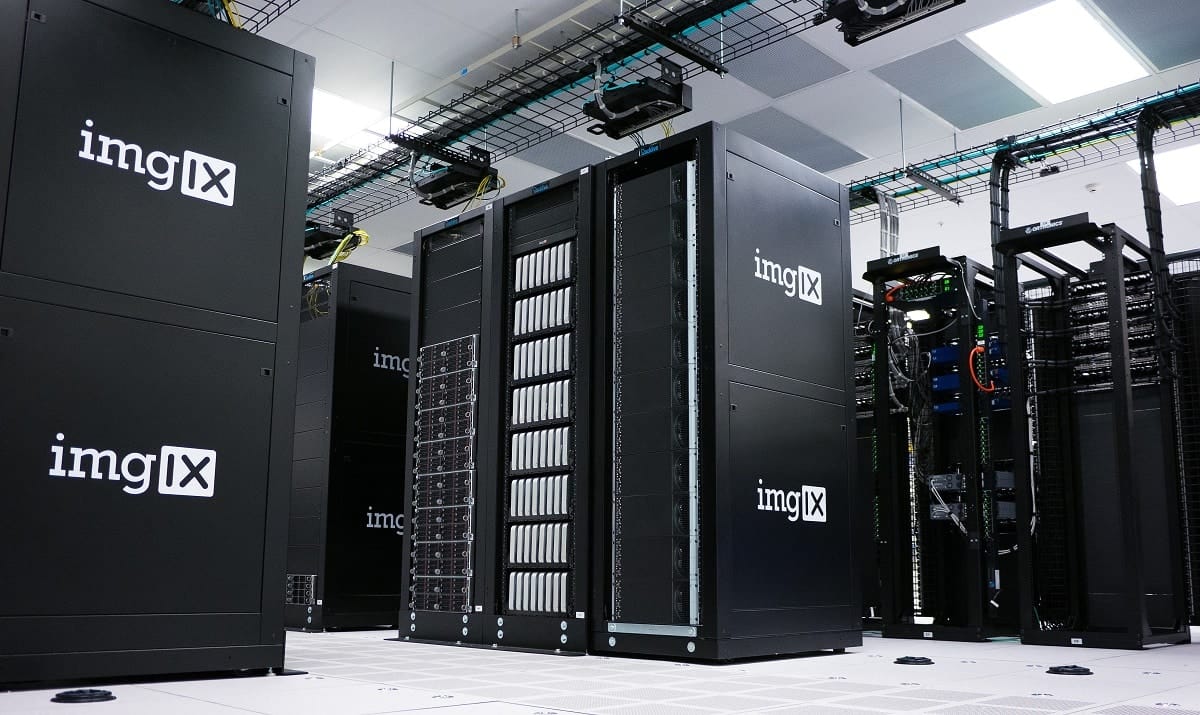The recent 2024 report from the Lawrence Berkeley National Laboratory (Berkeley Lab) sheds light on the energy consumption of data centers in the United States. This study not only details the historical evolution since 2014 but also offers projections up to 2028, highlighting the challenges and opportunities in a constantly expanding sector.
Key Data on Energy Consumption
The report reveals a steady increase in energy consumption from data centers, which rose from 60 TWh in 2014 to 176 TWh in 2023, accounting for 4.4% of the total electricity consumption in the United States. This growth has been primarily driven by the proliferation of accelerated servers designed for artificial intelligence (AI) applications, whose energy consumption has significantly multiplied.
Growth Factors
- AI Hardware Accelerators: GPU servers have become a cornerstone of modern data centers, with an annual growth rate of 18% in units shipped.
- Transition to Hyperscale Data Centers: In 2023, 75% of servers operated in hyperscale or colocation data centers, known for their energy efficiency.
- Demand for Advanced Computing Services: The adoption of AI-based applications and increased data traffic have driven the expansion of IT infrastructures.
Environmental Impact and Water Use
In addition to energy consumption, data centers have a significant impact on water use. In 2023, they consumed 66 billion liters of water, mainly for cooling systems. However, the report highlights improvements in water efficiency due to the use of advanced technologies such as adiabatic coolers and liquid cooling systems.
Future Projections
The report presents future scenarios where energy consumption in data centers will range from 325 to 580 TWh by 2028, which could represent up to 12% of national electricity consumption. These estimates depend on factors such as:
- The adoption of more efficient cooling technologies.
- Changes in operational practices for AI servers.
- Increases in the capacity of hardware accelerators.
Report Recommendations
- Improvements in Transparency: The report emphasizes the need to collect and share more data on energy consumption and operational characteristics of data centers.
- Collaborations with Utilities: Integrating renewable energy and power purchase agreements can reduce carbon emissions and water use.
- Technological Innovation: New efficiency strategies, such as optimized algorithms, purpose-built hardware designs, and better cooling systems, will be essential for mitigating environmental impact.
The Berkeley Lab report highlights the urgent need to balance the growth of the data center sector with sustainability measures. The implementation of innovative technologies and collaboration between the industry and regulators will be key to addressing the energy and environmental challenges posed by this expanding sector.

